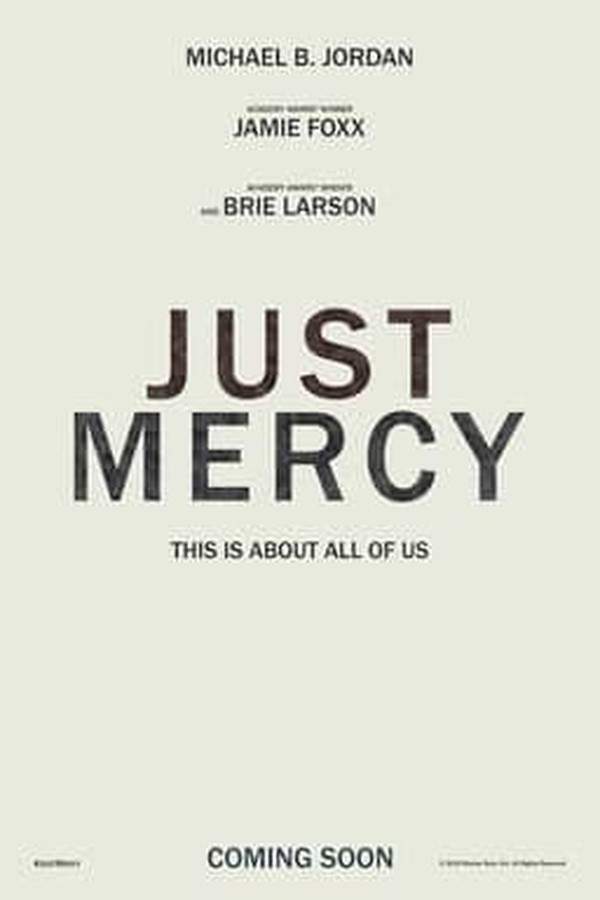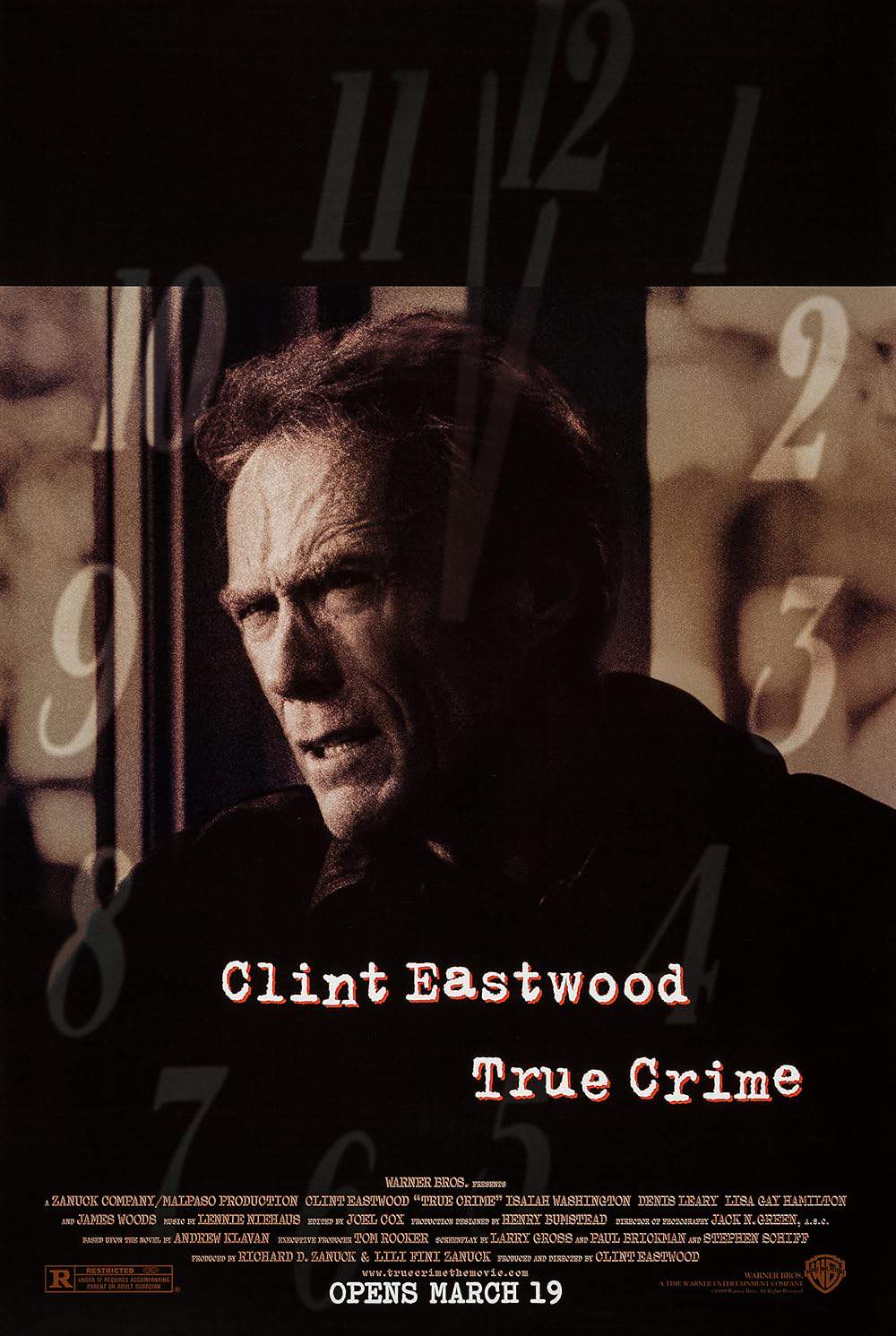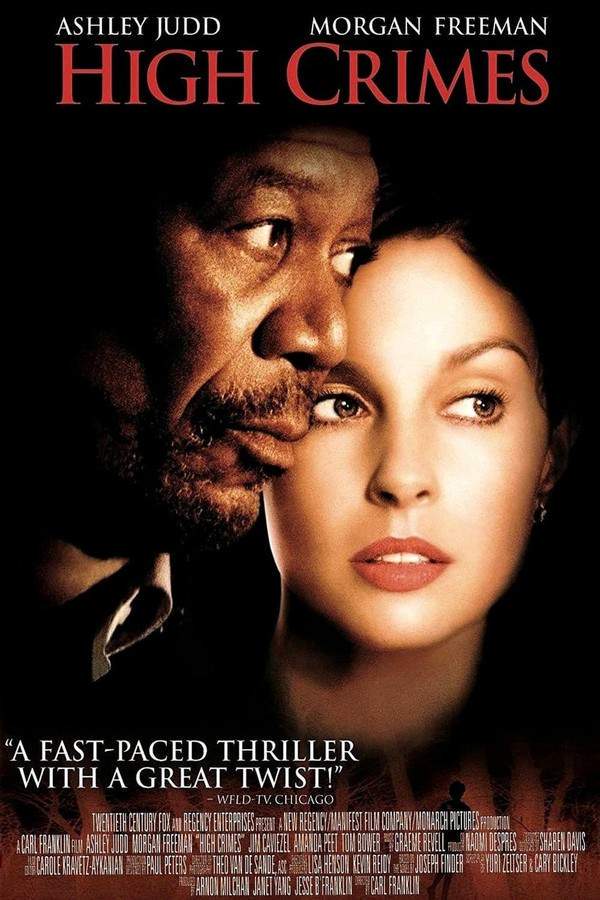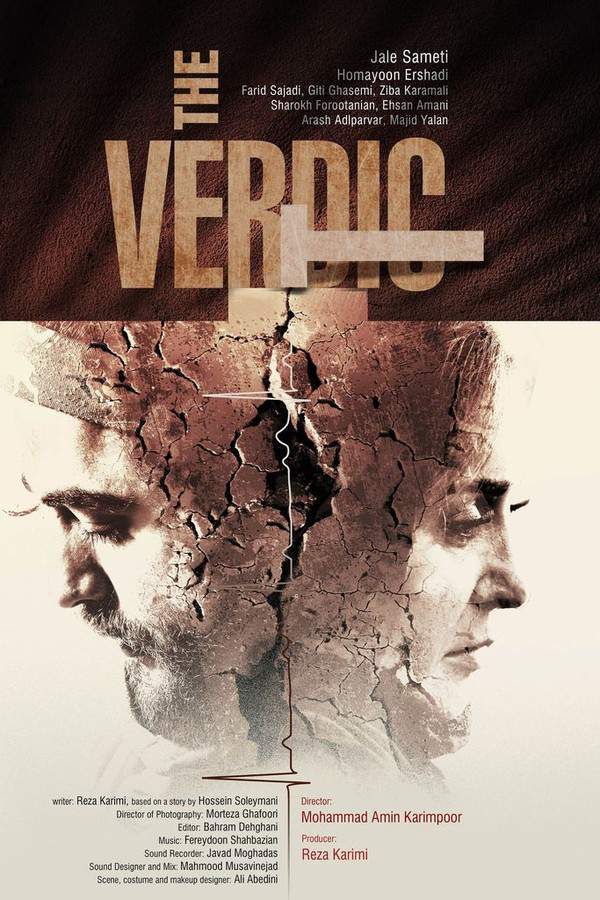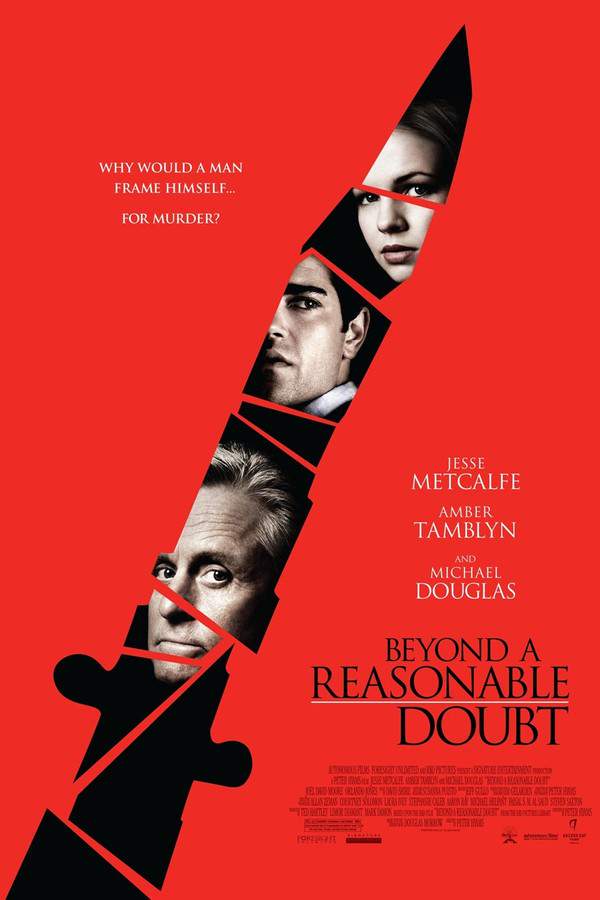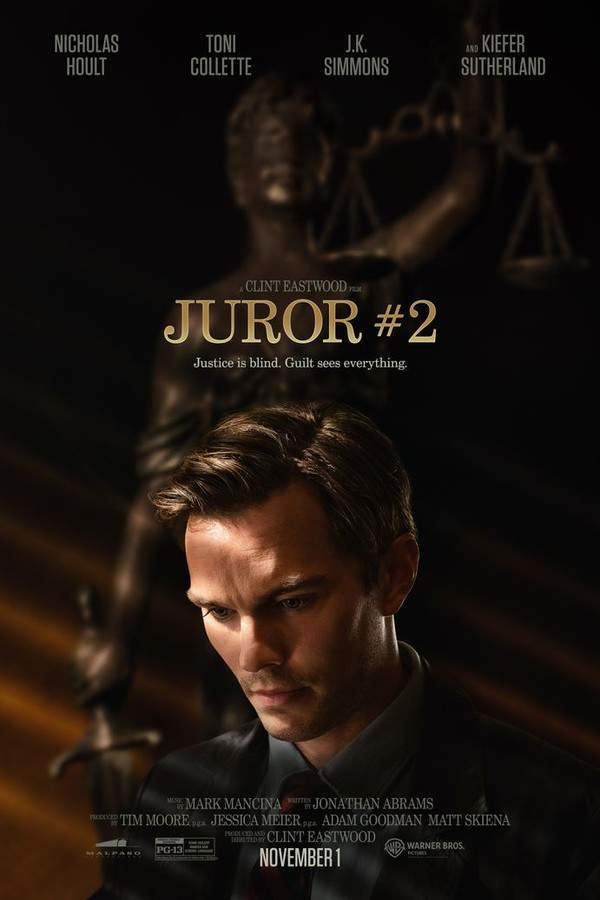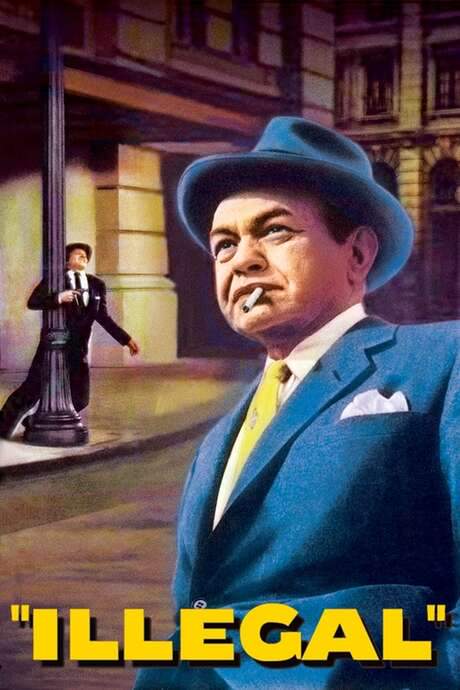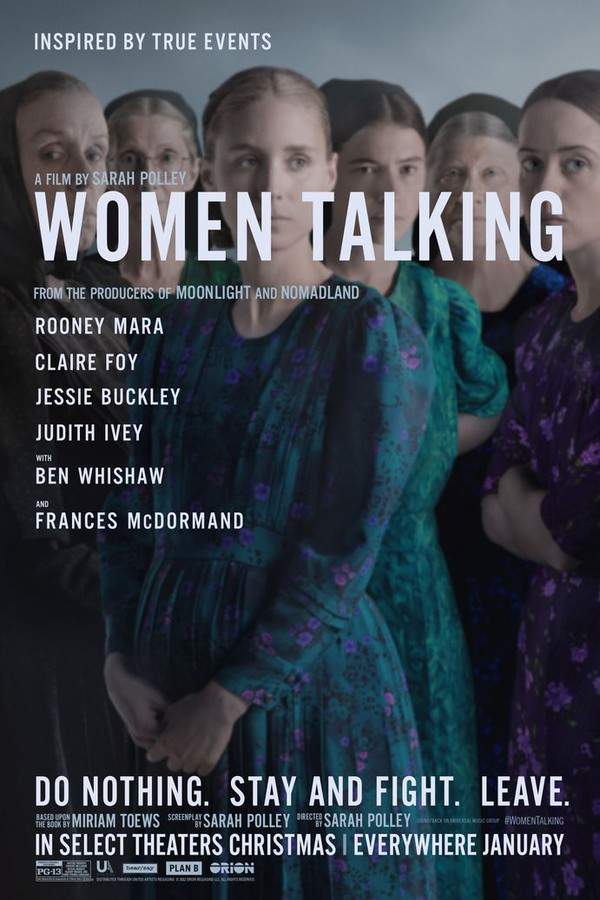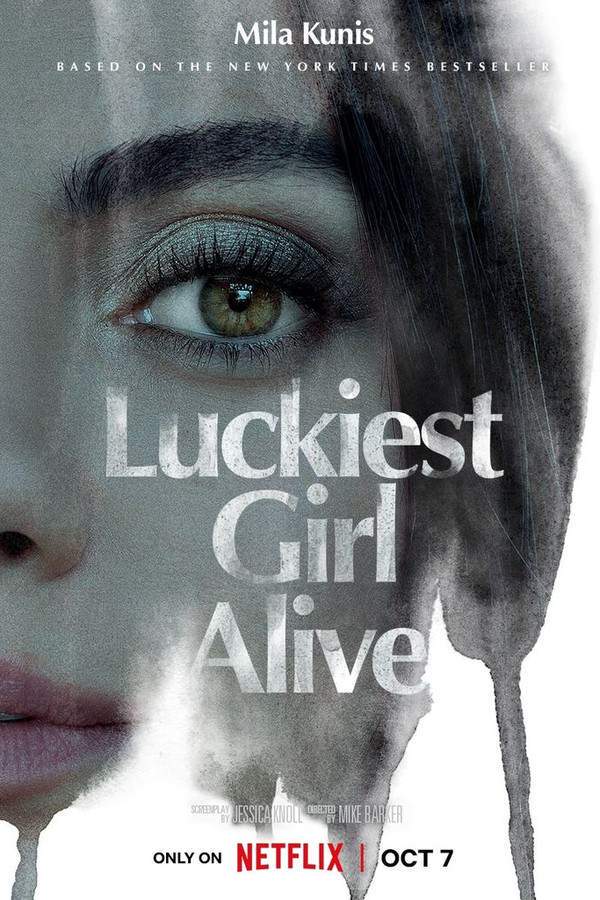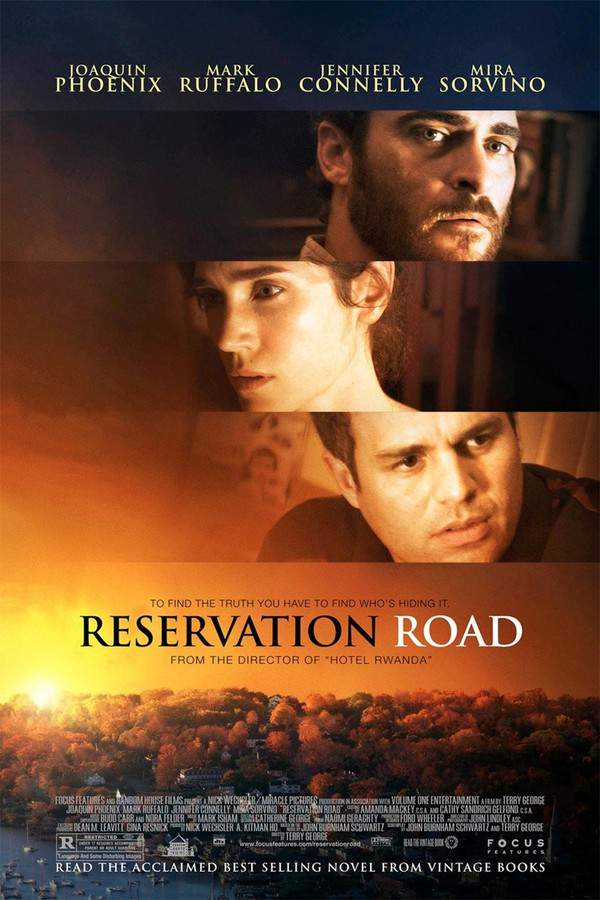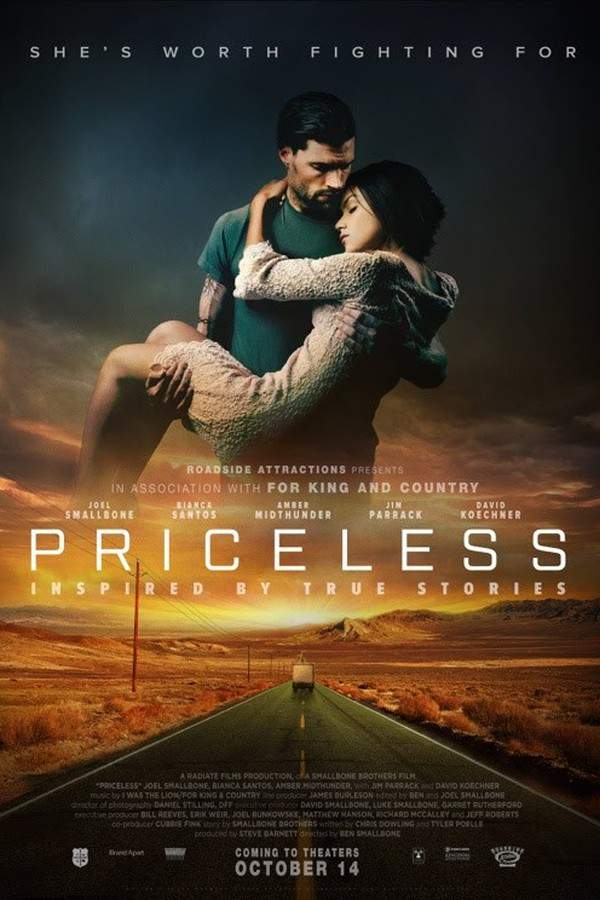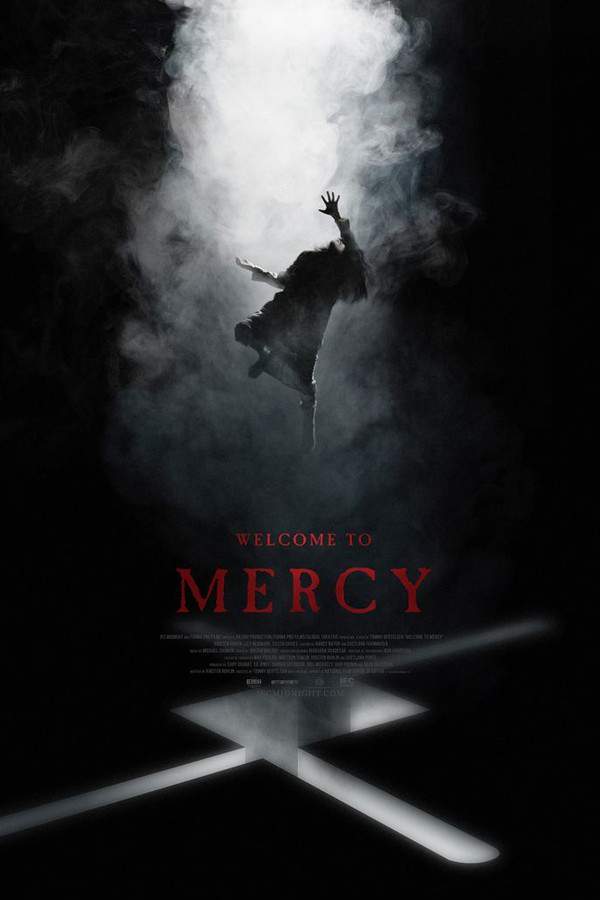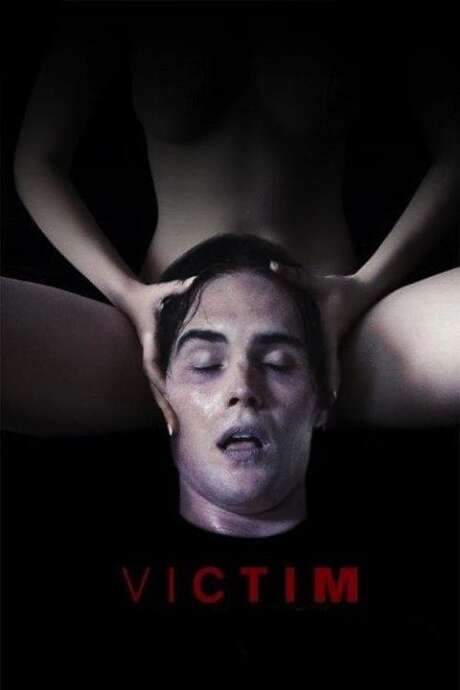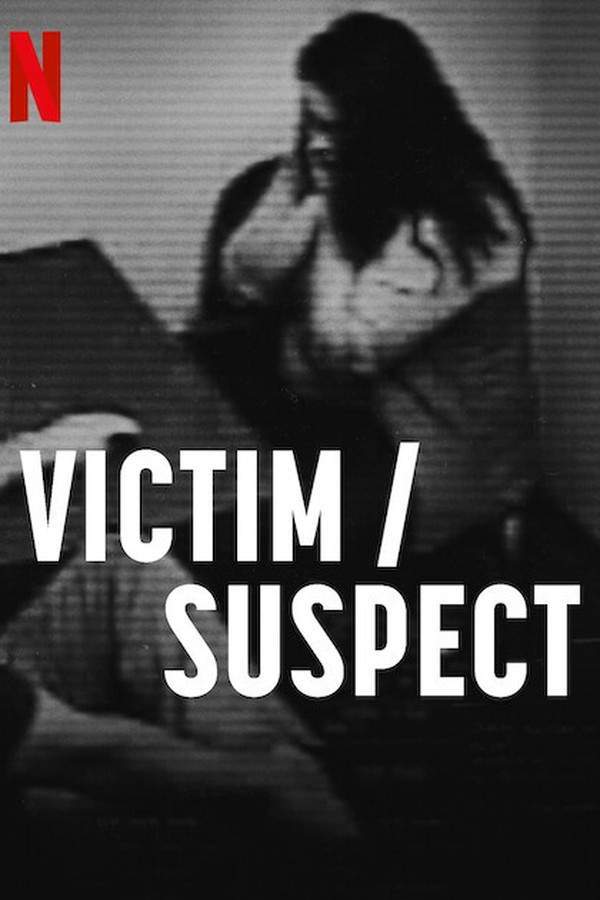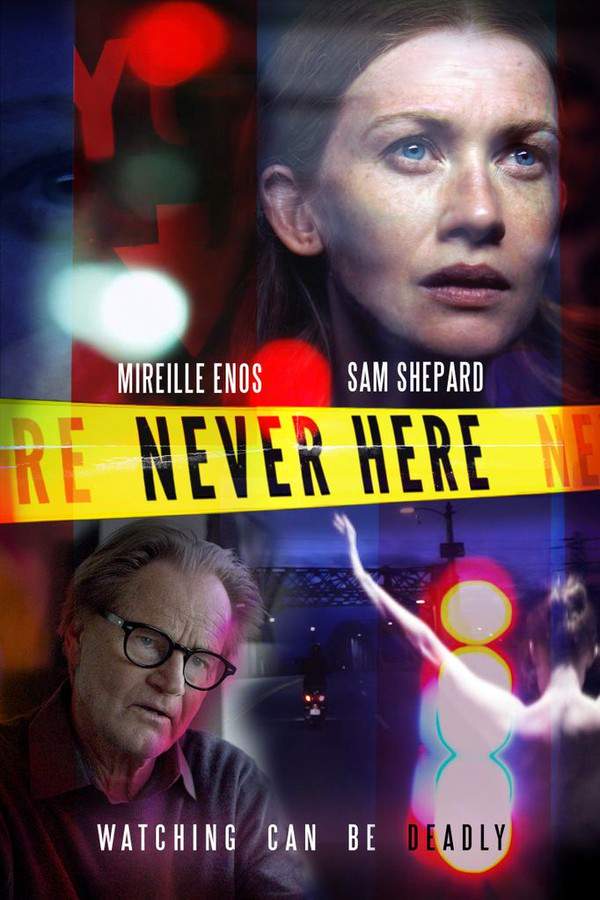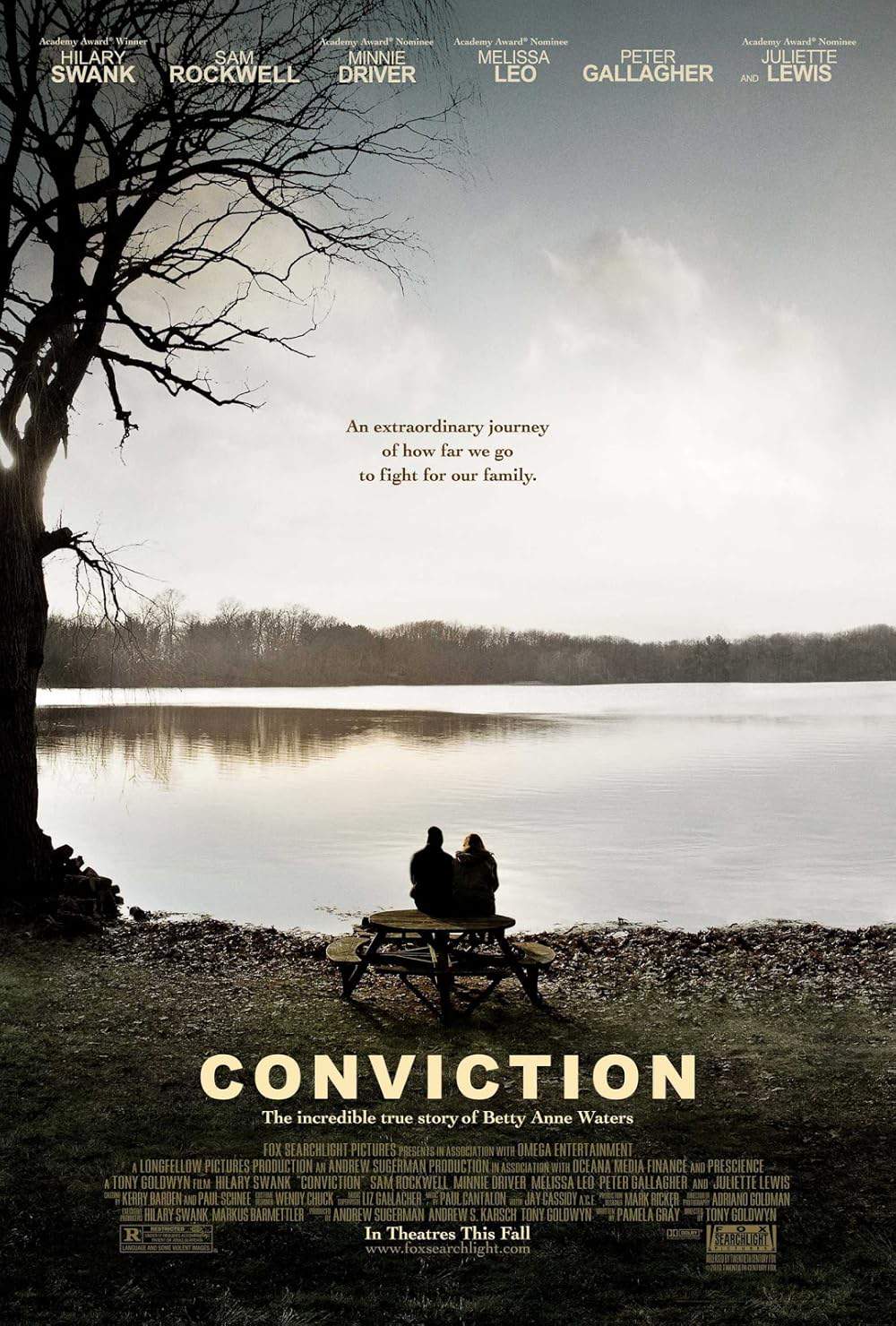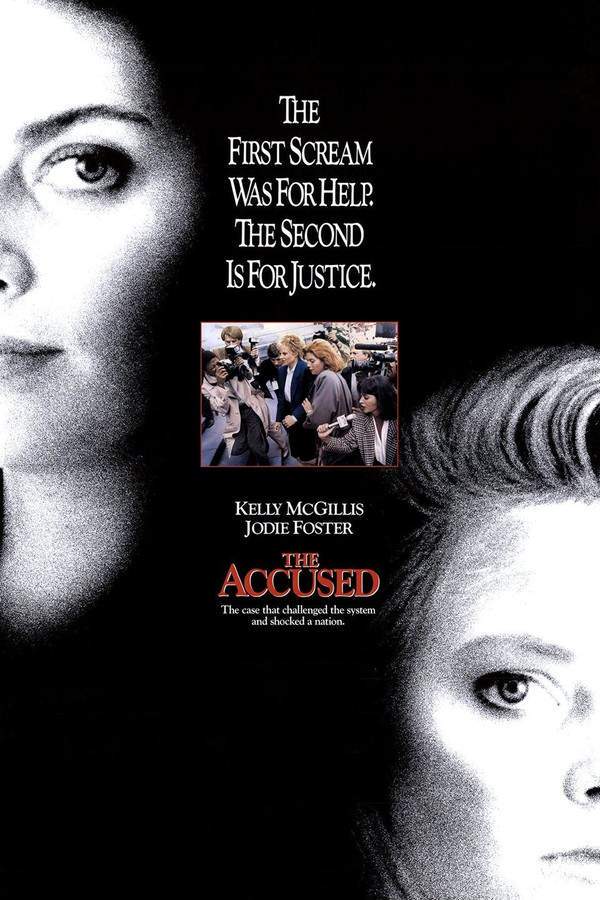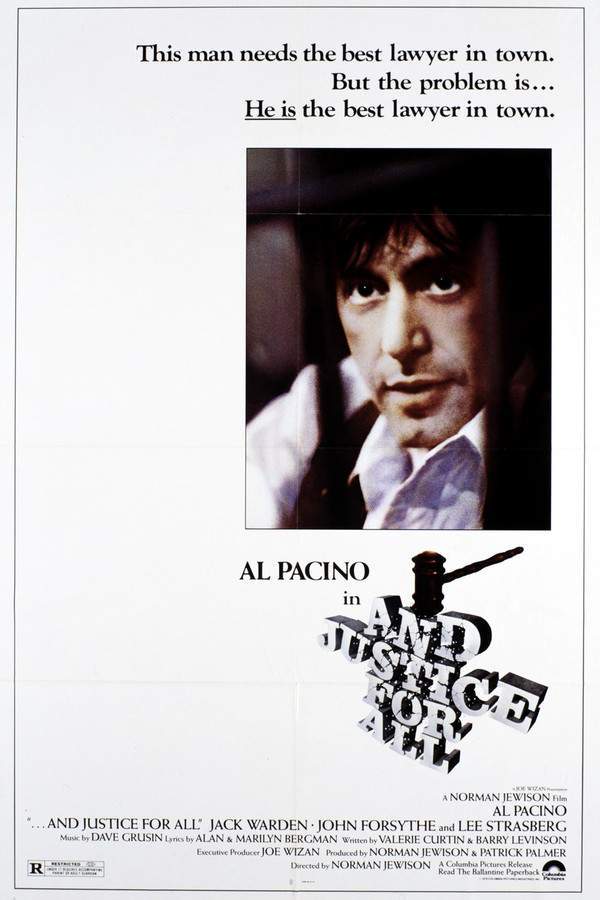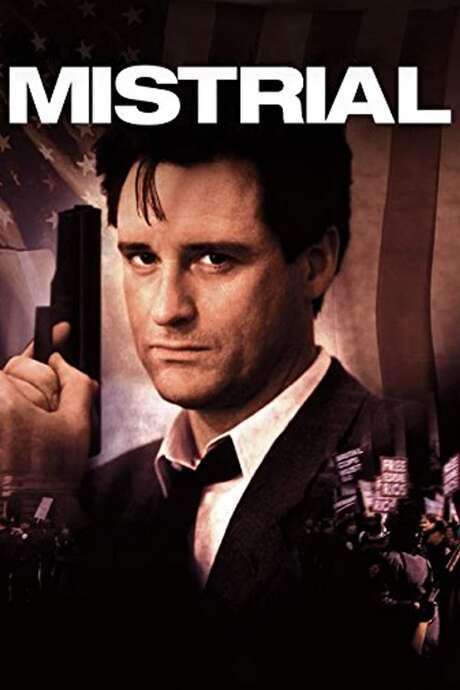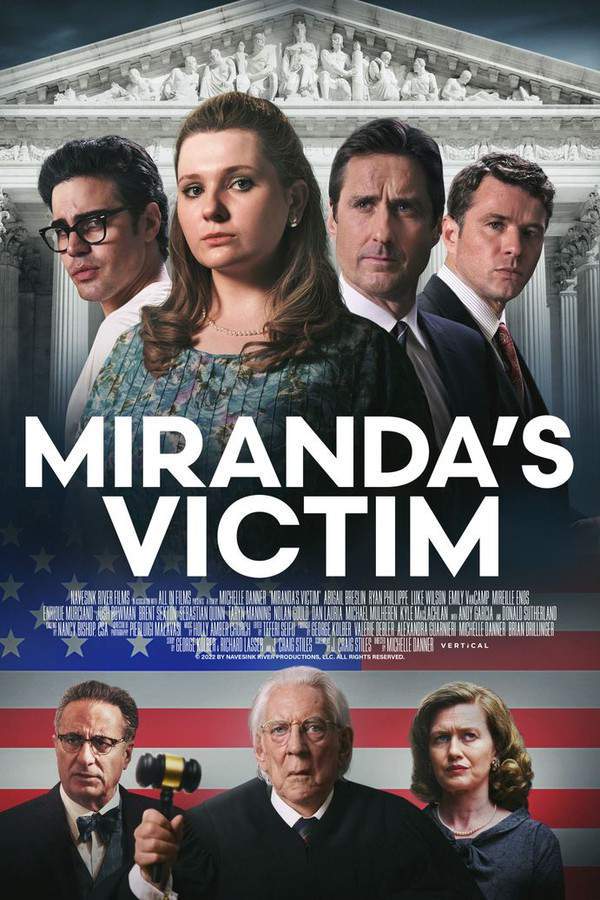
Miranda's Victim
In 1963, the brutal assault and kidnapping of 18-year-old Trish Weir sends shockwaves through the community. Ernesto Miranda, her attacker, unexpectedly confesses to the crime without legal representation, leading to a quick conviction and a two-year sentence. However, the initial verdict is overturned, prompting a determined prosecutor, played by Luke Wilson, to relentlessly pursue justice and uncover the full truth behind the case.
Warning: spoilers below!
Haven’t seen Miranda's Victim yet? This summary contains major spoilers. Bookmark the page, watch the movie, and come back for the full breakdown. If you're ready, scroll on and relive the story!
Miranda's Victim (2023) – Full Plot Summary & Ending Explained
Read the complete plot breakdown of Miranda's Victim (2023), including all key story events, major twists, and the ending explained in detail. Discover what really happened—and what it all means.
In June 1966, new mother and wife Trish Weir is taken aback by the Supreme Court’s decision to enact the Miranda Ruling. This ruling states that any evidence obtained from a criminal suspect without first delivering what is known as the “Miranda warning” is to be considered inadmissible in court, a situation that poses a significant threat to her quest for justice.
Flashing back three years prior, we meet a young and shy Trish, who at the time is an 18-year-old with dreams of her future, riding in the car with her mother, Zeola. On their way to work at a cinema, the projectionist, Jimmy, suggests they catch the late bus home together, and they make plans to meet before her shift on Saturday.
However, tragedy strikes later that night when a shaken and distraught Trish returns home after a horrific incident. Ann, her initially stern older sister, senses something is amiss and rushes her to the doctor at 4 a.m. to seek evidence of rape. When they return, Trish goes to bed while Ann breaks the news to their parents, Zeola and Paul. Instead of showing understanding, Zeola expresses sorrow over losing Trish’s innocence, fearing it might hinder her daughter’s opportunities for a future career in secretarial school. She expresses doubts that the police will take her seriously.
The following morning, instead of offering genuine support, Zeola suggests that Trish consider “solutions” to the incident, including coercing the perpetrator into marriage or avoiding police involvement altogether. Disturbed by her mother’s callous attitude, Trish insists she must act to prevent this man from hurting others, but Zeola continues to express her belief that justice will not be served and that Trish will be labeled as “damaged goods.”
The day after the incident, tensions rise at the police station. Trish is determined to file charges, while Zeola tries to persuade her otherwise, creating a split in family loyalties. Despite her mother’s interjections, Trish recounts the harrowing details of what happened: after boarding the bus at midnight, she was forcibly taken by her assailant, who bound her hands and drove her into the desert, where he raped her at knifepoint.
After a week, Trish returns to her job, only to find Jimmy avoiding her, likely due to the ongoing police investigation. Meanwhile, Paul notes a suspicious sedan near the bus stop and manages to write down the license plate number. This leads detectives to Twila Hoffman, who has connections to the suspect, Ernesto Miranda. Upon investigating Twila’s home, they find evidence that ties Ernesto to the crime, after which he agrees to cooperate with the police.
At a lineup, both Trish and another victim, Barbara, identify Ernesto as their attacker, confirming his involvement in the assault. Trish specifically requests he wear glasses and speaks, which aids her identification and helps the police secure a confession.
During the 1963 trial, Trish stands firm and identifies Ernesto as the man who raped her. The defense attempts to create doubt about her testimony, but the jury ultimately finds him guilty. Amid these developments, Trish marries Charles and welcomes a new baby, while Ernesto’s conviction faces scrutiny that prompts an appeal to the Arizona Supreme Court. A lawyer from the ACLU, John Flynn, champions the retrial that is granted in 1967.
As the retrial approaches, Twila, who has distanced herself from Ernesto, steps forward to testify against him. However, Trish is hesitant to take the stand again, caught in a controlling marriage with Charles, who becomes aggressive when he learns about the prosecutor’s visit concerning the case.
Charles ultimately faces the consequences of his reckless behavior and is pulled over for driving while intoxicated. Here, the prosecutor, Lawrence Turoff, emphasizes to him that Trish is one of the few courageous victims willing to press charges, further complicating their already tumultuous relationship. At the trial, Judge Wren stresses the importance of confidentiality regarding Trish’s identity.
Twila’s testimony becomes pivotal for the prosecution as it is deemed admissible. During her time on the stand, she reveals that Ernesto confessed to her while they were together in jail. When Trish returns to testify, she openly shares her traumatic experience, confirming the act of rape while stating she had feared for her life.
In the end, Judge Wren and the jury unanimously find Ernesto guilty. After serving eight years in prison, he attempts to profit from his notoriety by selling autographed copies of the Miranda Warning. His story takes a fatal turn after a night of poker, where he meets his demise.
Last Updated: June 11, 2025 at 15:03
Ending Explained – What Happens at the End of Miranda's Victim?
Still wondering what the ending of Miranda's Victim (2023) really means? Here’s a spoiler-heavy breakdown of the final scene, major twists, and the deeper themes that shape the film’s conclusion.
Once Trish finally gathers the courage to speak out and report her assault, she begins a long journey of justice that is marked by tremendous emotional strength. Despite the societal pressures of the 1960s that prioritized a woman’s virtue above all, her determination to see her attacker brought to justice pushes her through her trauma. The case against Ernesto Miranda hinges on her bravery, as her testimony and the subsequent confession—obtained through police pressure—become the key elements in the conviction. However, the trial takes a significant turn when the defense challenges the legality of Miranda’s confession, arguing that it was coerced without proper legal safeguards, like informing Miranda of his right to an attorney. This challenge reaches the Supreme Court, leading to the landmark creation of the Miranda Rights, which now require police to inform suspects of their rights before questioning.
Miranda’s legal fate becomes complicated when the court rules that the confession was indeed improperly obtained, and the case is retried. By then, Miranda’s defense attorneys skillfully exploit this technicality, and the case is more about the procedure than Miranda’s guilt. Despite their efforts, Miranda is ultimately convicted again, but the process echoes the broader fight for civil rights and fair treatment under the law. The emotional core remains Trish’s resilience and her unwavering pursuit of justice, knowing that her suffering has contributed to a significant change in law enforcement practices. In the final scenes, although Miranda is convicted, the film emphasizes that the true victory lies in raising awareness about the rights of suspects and protecting individuals from potential police misconduct. The story closes on a somber but empowering note — Trish’s courage helped shape a legal safeguard that ensures justice is served with dignity and respect, a tribute to her resilience and the enduring impact of her truth.
Last Updated: June 25, 2025 at 09:01
Explore Movie Threads
Discover curated groups of movies connected by mood, themes, and story style. Browse collections built around emotion, atmosphere, and narrative focus to easily find films that match what you feel like watching right now.
Grim True-Crime Legal Dramas like Miranda's Victim
Stories where the fight for justice is as grueling as the crime itself.If you were gripped by the high-stakes legal battle in Miranda's Victim, explore more movies like it. This thread features similar true crime stories and courtroom dramas where the pursuit of justice is a tense, emotionally heavy journey through the legal system.
Narrative Summary
These narratives typically follow a linear, procedural path from the initial crime through investigation and multiple court proceedings. The central conflict is often between a determined prosecutor and a manipulative defendant, with the victim's trauma and resilience forming the emotional core. The journey is marked by legal setbacks and systemic frustrations.
Why These Movies?
Movies are grouped here for their shared foundation in real events, their focus on the legal process as a source of tension, and their heavy emotional weight centered on victims' trauma. They deliver a sobering, often bittersweet look at the realities of justice.
Emotional Victim Resilience Stories like Miranda's Victim
Films centered on the long, painful path to reclaiming power after trauma.For viewers moved by the portrayal of trauma and resilience in Miranda's Victim, this collection highlights similar movies about victim's journeys. Discover films that share a heavy emotional weight, a tense atmosphere, and a focus on personal strength in the face of adversity.
Narrative Summary
The narrative pattern is an intimate character study of survival. It often spans years, showing the immediate aftermath of trauma and the long-term process of healing (or enduring). The conflict is internal (battling PTSD) and external (navigating unsupportive systems or relationships), building towards a climax of personal testimony or confrontation that defines their recovery.
Why These Movies?
These films are connected by their profound emotional focus on the victim's perspective. They share a heavy mood, a tense or somber tone, and a pacing that allows for a deep exploration of psychological strain and the slow, painful work of building resilience.
Unlock the Full Story of Miranda's Victim
Don't stop at just watching — explore Miranda's Victim in full detail. From the complete plot summary and scene-by-scene timeline to character breakdowns, thematic analysis, and a deep dive into the ending — every page helps you truly understand what Miranda's Victim is all about. Plus, discover what's next after the movie.
Miranda's Victim Timeline
Track the full timeline of Miranda's Victim with every major event arranged chronologically. Perfect for decoding non-linear storytelling, flashbacks, or parallel narratives with a clear scene-by-scene breakdown.

Characters, Settings & Themes in Miranda's Victim
Discover the characters, locations, and core themes that shape Miranda's Victim. Get insights into symbolic elements, setting significance, and deeper narrative meaning — ideal for thematic analysis and movie breakdowns.

Miranda's Victim Ending Explained
What really happened at the end of Miranda's Victim? This detailed ending explained page breaks down final scenes, hidden clues, and alternate interpretations with expert analysis and viewer theories.

Miranda's Victim Spoiler-Free Summary
Get a quick, spoiler-free overview of Miranda's Victim that covers the main plot points and key details without revealing any major twists or spoilers. Perfect for those who want to know what to expect before diving in.

More About Miranda's Victim
Visit What's After the Movie to explore more about Miranda's Victim: box office results, cast and crew info, production details, post-credit scenes, and external links — all in one place for movie fans and researchers.

Similar Movies to Miranda's Victim
Discover movies like Miranda's Victim that share similar genres, themes, and storytelling elements. Whether you’re drawn to the atmosphere, character arcs, or plot structure, these curated recommendations will help you explore more films you’ll love.
Explore More About Movie Miranda's Victim
Miranda's Victim (2023) Scene-by-Scene Movie Timeline
Miranda's Victim (2023) Movie Characters, Themes & Settings
Miranda's Victim (2023) Ending Explained & Theories
Miranda's Victim (2023) Spoiler-Free Summary & Key Flow
Movies Like Miranda's Victim – Similar Titles You’ll Enjoy
Victim/Suspect (2023) Plot Summary & Ending Explained
Never Here (2017) Full Summary & Key Details
True Crime (1999) Detailed Story Recap
Conviction (2010) Full Movie Breakdown
The Accused (1988) Full Movie Breakdown
...and justice for all. (1979) Detailed Story Recap
Return to Sender (2015) Spoiler-Packed Plot Recap
The Miranda Murders: Lost Tapes of Leonard Lake and Charles Ng (2017) Spoiler-Packed Plot Recap
Unbelievable (1000) Ending Explained & Film Insights
Lethal Seduction (2005) Detailed Story Recap
Criminal Law (1988) Movie Recap & Themes
Marlene (2020) Full Movie Breakdown
Victims (1982) Movie Recap & Themes
Murder of Innocence (1993) Ending Explained & Film Insights
Mistrial (1996) Full Movie Breakdown

